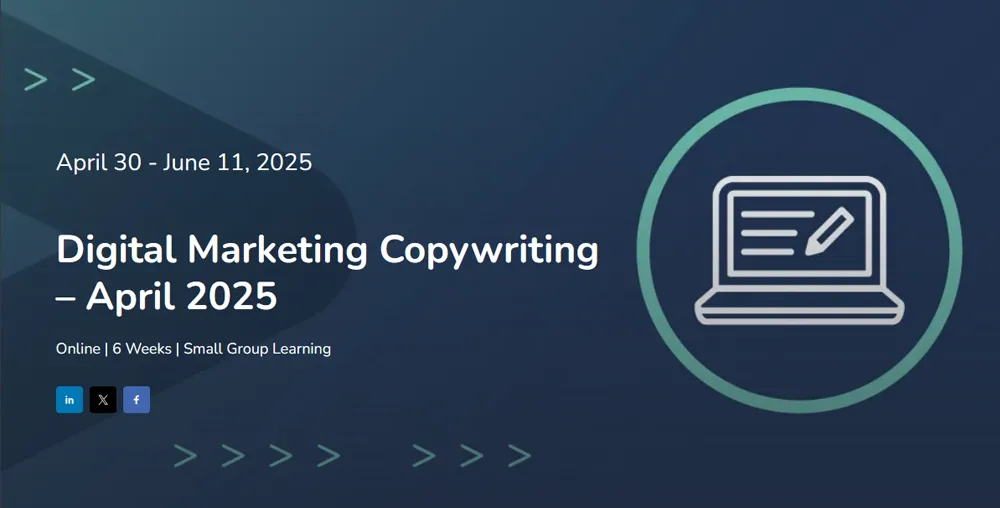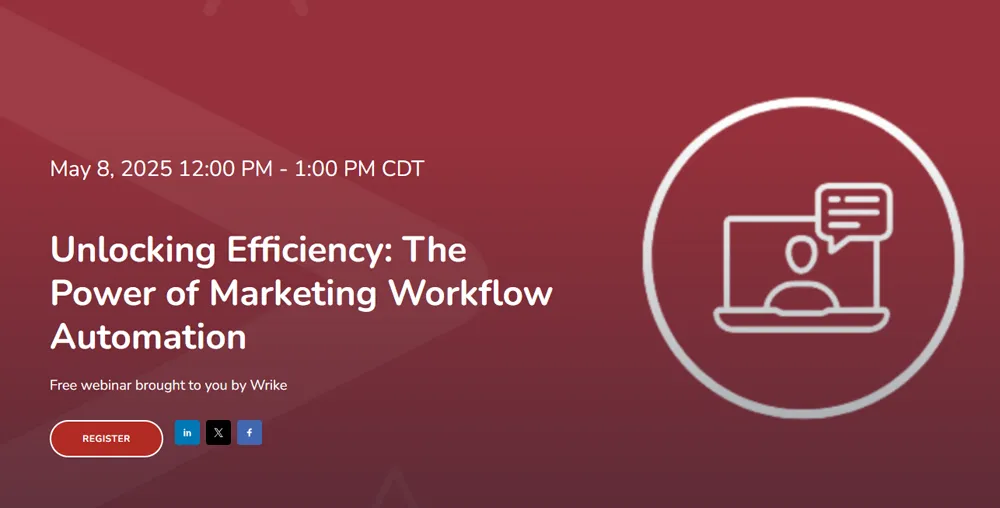Your customers are making their own goods in the Maker Movement and sharing their resources, rather than buying them from you! Do you know why? We’ve conducted pragmatic research via interviews and other methods to find out. Consumers don’t need to continually buy from traditional companies because they are making, sharing, renting and lending goods & services among themselves.
This rising behavior is being caused by three major trends: Social, Economic, and Technology drivers
Analysis of Three Market Drivers: The Causes for the Collaborative Economy
In the research interviews, books, and content I’ve digested, I’ve found several common patterns relative to the causes of the movement. I realize that this is not a comprehensive list, so I appreciate your additions in the comment section of this post.
1) Social Drivers
|
Social Drivers |
Root Cause |
Example |
| Population Density | While also listed in Economic Drivers, denser population enables sharing to happen with less friction. | Zipcar took off in urban San Francisco, where owning a car is impractical. Zipcar’s scattered storage lots give customers quick access to wheels, often walking distance. |
| Mindset of Sustainability | Greening, Cleaning, and Sustainability have been hot topics for years. This bolsters the need for economic conservation and long term thinking. | Many of the startups we interviewed explained that this is about re-use or preservation of resources, rather than buying new products. |
| Lifestyle Trend among Youth | In Shareable Magazine’s book,Share or Die, Neal Gorenflo writes that this sharing mindset is common among college students who have limited resources. | For resource-strapped students, Chegg enables students to trade textbooks, rather than buy at high margin bookstores. Social networking is part of their inherent behavior. |
| Altruistic Mindset | In some cases, gifting or paying it forward are common in this movement. See list of gifting startups. | A recent UCLA poll found that over 75 percent of incoming freshman believe it is “essential or very important” to help others in difficulty, the highest figure in 36 years. |
| Independent Lifestyle | We heard from Molly Turner at AirBnb that many renters of homes found this service empowering. Their own homes were revenue generators for their independent lifestyle. | Similarly, TaskRabbit advertises that their rabbits are: “College students, recent retirees, stay-at-home moms, young professionals,” enabling those who may not seek a full-time position. |
2) Economic Drivers
|
Economic Drivers |
Root Cause |
Example |
| Increase in World Population | China and India have population growth rates at 17% and 30%, respectively. America is at 22%. See Wikipedia. | When I was born in the ‘70s, the world population was in about 4 billion; today it’s 7.1 billion. It is estimated to be close to 9 billion by the time I am 75 years old (data here). |
| Strained Resources | The interviews revealed a general sentiment that natural resources are finite and the cost to retrieve them is far greater than the potential return in revenue. Those with less money are more inclined trade, and to activate their inventory for revenue by sharing. | Recycling programs are evident everywhere, even in the sales offices and break rooms there are recycled plates, utensils and paper |
| Economic Disparities | Where there is a divide fixed between haves and have-nots, these sharing systems naturally seek to shift resources. | For example, we saw a boost in Bitcoin value as Cyprus was under severe economic strain. |
| Excess or Idle Inventory | One of the root causes of this movement an abundance of idle resources sitting by the wayside that can be shared and often monetized. | Rachel Botsman discusses in her iconic TED speech that the average usage of an electric drill is a mere 12 minutes per year. |
| Inaccessible Luxury | Those who can’t afford something, can now rent it. One successful Gen X banker told me that, “Access is more important than ownership” | Why buy a $100,000 Lincoln Town Car, when you can rent an Uber for 30 minutes, saving money and headaches? |
| Influx of VC Funding | Venture capitalists have already put billions into this market of fresh new startups. Our research shows that there has been over $6 billion of funding in less than ten years. | See the intense amount of funding in this market in my recent analysis. |
3) Technology Drivers
|
Economic Drivers |
Root Cause |
Example |
| Social Networking Technologies | These technologies provide three key features: 1:) Social profiles and reputations tracking, 2) Social graphics that enable people to connect, 3) Transfer of information, in this case, need for resources or supply of them | AirBnb in itself is a social network. They have seller profiles, and renters have their own reputation with verified IDs. The goods traded are locations. |
| Mobile Technologies | Access to people or other resources requires “portability” for a majority of these services, so mobile platforms and devices for transfer of information become necessary. | Many of these startups are mobile-driven. For example,Lyft has a thin website and suggests that users download mobile apps for this transportation site |
| Payment Systems | In the end, this is a marketplace of goods and services. Systems and platforms are required to broach the transactions that may use traditional ecommerce or new bartering methods | TaskRabbit asks me to use my credit card, while other systems like Bittorrent are fueled by Bitcoins. |
What it means: This is a long term movement, not a passing fad
I see three categories and at least thirteen distinct drivers for the Collaborative Economy. Like social media was to us in 2007, this is a broader movement that impacts many aspects of society and, therefore, business. If these market drivers are long-term (often social and economic drivers are), then this movement is likely to persist and to potentially increase in velocity. If you thought social business was disruptive, this next trend will impact us at a much deeper level.
Related Resources
Here are some of those from whom I regularly learn:
- Shareable Magazine: This forerunner has been tracking this movement for years. See founder Neal’s lifestyle.
- Lisa Gansky, acclaimed author, pioneer, investor and thought leader who has a large database themed The Mesh.
- Mark Hatch, author of Maker Manifesto, and CEO of TechShop.
By Jeremiah Owyang, Founder, Crowd Companies, SF, Silicon Valley
Read the full body of work on the Collaborative Economy
Read about Crowd Companies first year as a council









Comments are closed.